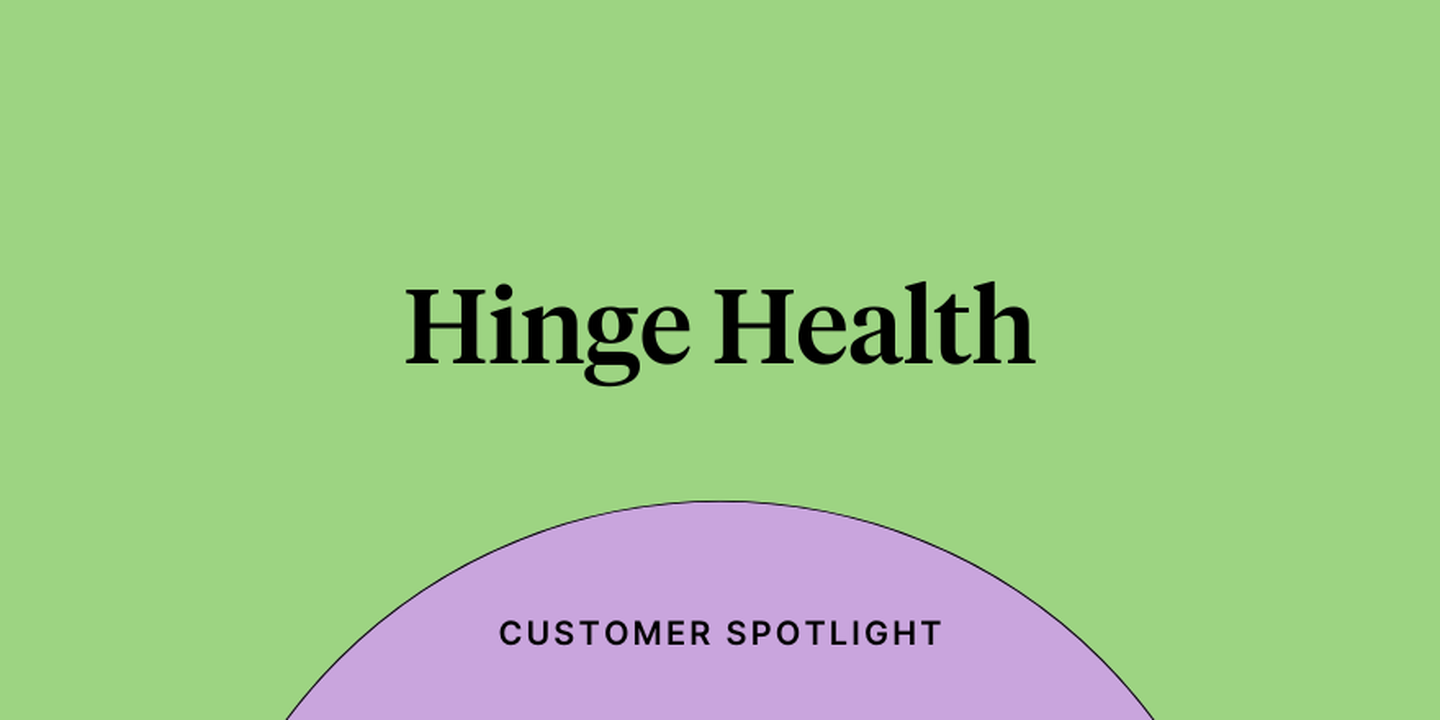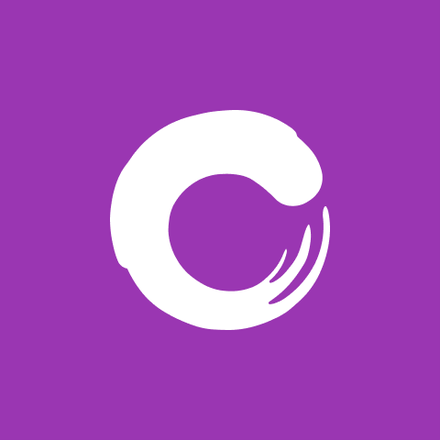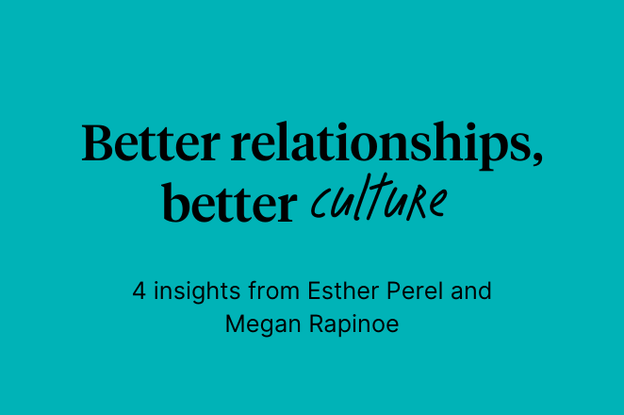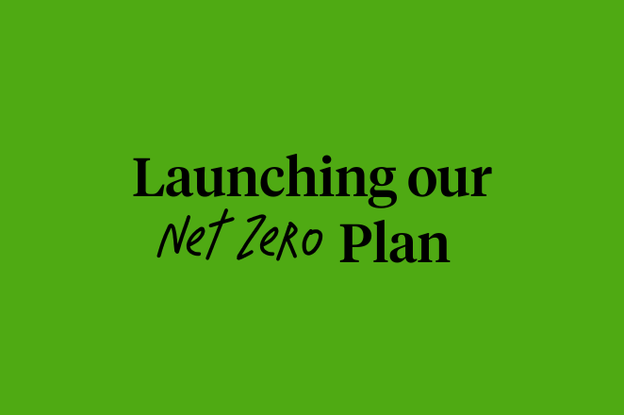The transformative power of employee resource groups in driving DEI

In 1970, Xerox CEO Joseph Wilson pioneered the first employee resource group (ERG), the National Black Employee Caucus, to advocate for inclusion and change within the company. Its primary purpose was to provide a space for Black employees to form social connections, share experiences, and work through challenges.
Fifty years later, this story is still relevant.
Today, around 90% of Fortune 500 companies have implemented ERGs to improve engagement and ensure employees' voices are heard by fostering unity around shared interests, job functions, or demographic factors, among others. But how can you make the most of ERGs’ transformative power?
That’s where Hinge Health, a leading digital healthcare company in the United States, offers inspiration.
In 2020, Hinge Health, then a company of roughly 400 employees following its Series D funding round, found itself (like every other US company) amid a period of heightened racial tensions in the United States. This social climate profoundly resonated with Dan Perez and Gabriel Mecklenburg, Hinge Health’s founders, prompting them to prioritize diversity, equity, and inclusion (DEI) as a critical business initiative.
That’s when they hired Bob Garcia as Head of DEI, whose responsibilities include leading the company's ERG efforts. Recently, we had the chance to sit down with Bob and discuss Hinge Health's journey and learn how ERGs can supercharge DEI initiatives within any organization.
Do ERGs really make a difference?
Since their inception, ERGs have become essential elements of corporate DEI efforts, offering significant advantages for both employees and the wider organization.
And the research supports this. In Culture Amp’s 2022 Workplace DEI Report, we learned that ERGs provide a space for employees to feel included in decisions, develop confidence, and empower themselves to drive meaningful impact across various areas of an organization.
ERGs can also significantly contribute to attracting and retaining diverse talent. Recent data from LinkedIn showed that employers that spoke up online about diversity saw 26% more applications from women.
Hinge Health has experienced these benefits firsthand. In fact, 15% to 20% of new Hinge Health employees said that the organization’s DEI webpage, which highlights the company’s ERGs as well as training and funding opportunities for underrepresented groups, influenced their decision to join the company. Meanwhile, Hinge Health also allows candidates to meet with members from any of its 10 ERGs before accepting an offer to get insights on whether the company’s DEI values match up to reality.
When implemented well, ERGs can be a win-win for employees and companies alike. It offers a space for employees to feel connected and valued, resulting in a more engaged workforce. At the same time, ERGs can be a strategic tool that draws in exceptional talent and fosters an organizational culture of innovation and growth.
— Bob GarciaHead of DEI, Hinge HealthWays to create meaningful change in your organization with ERGs
ERGs, when effective, can ensure employees of all backgrounds have a seat at the table and the ability to influence organizational decisions for the better. Below, we’ve shared three ways you can drive impact in your organization with ERGs.
Align ERGs with the big picture
Many DEI initiatives are HR-focused rather than optimized to drive business outcomes. However, like finance, communications, marketing, or legal affairs, DEI can be impactful when considered an essential cross-business function. That's where ERGs make a difference.
ERGs possess an undeniable transformative power that can infuse every layer of an organization. Although senior leaders are ultimately responsible for leading company strategy, these groups can influence policy-making, culture, and performance, and even directly impact an organization's business outcomes.
Moreover, aligning the goals of ERGs and the goals of the business at large can amplify the impact of these groups on business success by ensuring all employees benefit from moving the company forward.
It’s not just about DEI for the sake of DEI. Many people acknowledge that DEI is beneficial for business, but the real question is, how exactly does it benefit your business?
— Bob GarciaHead of DEI, Hinge HealthHinge Health recognizes both the business imperative of DEI and the power of ERGs to advance DEI initiatives. In Hinge Health’s pursuit of reducing musculoskeletal pain for members, being aware of and accommodating cultural sensitivities, language differences, and disparities in lived experiences isn’t just important to internal operations and workplace culture; it’s also crucial to creating a product that best serves its diverse membership.
Bob knows that the points of view, insights, and passion for inclusion that ERGs bring to the table serve larger business goals by enhancing product and client engagements. For example, in 2021, the disability ERG identified a need for Hinge Health to better accommodate members who were hard of hearing or visually impaired. This insight contributed to product enhancements, specifically accessibility features like voiceovers and closed captioning. Furthermore, anecdotal feedback from members indicates they appreciate the enhanced accessibility.
Use data to make ERGs a powerhouse of employee engagement
The business case for employee engagement is clear, as research has shown that companies with highly engaged workforces see better financial performance and often even outperform the S&P 500.
However, it can be challenging to quantify the impact of DEI programs, such as ERGs, on employee engagement. That’s where data from engagement surveys can help you substantiate the need for ERGs.
As reported by the Harvard Business Review, regularly measuring and tracking progress can greatly influence how employees perceive and value ERGs. Metrics like membership and participation numbers, satisfaction, and retention rates can be useful in this regard. And by analyzing engagement survey data, organizations can identify specific areas where ERGs can make the most impact and tailor strategies to address these opportunities directly.
In 2023, overall engagement scores at Hinge Health were nine points higher for employees actively engaged quarterly in at least one ERG compared to those not involved in an ERG.
Take Hinge Health as an example. It leverages Culture Amp’s engagement surveys to understand the impact of ERGs and other DEI initiatives in the workplace, collect feedback at scale, and make informed decisions. Survey results have been particularly beneficial in benchmarking against other startups and healthcare organizations to see how the company compares.
Hinge Health’s surveys feature approximately 50 questions to gauge employee sentiment and monitor changes. The result? The company found that 31% of all employees participated in at least one ERG event per quarter, and approximately 40% signed up for an ERG at a certain point. The results also showed that overall engagement was notably higher among employees who are members of an ERG versus those who are not.
To learn more about creating powerful engagement surveys, read our article on the essential engagement questions every employer should be asking.
Empower ERG members to grow and lead
Empowering ERG members to grow and lead within their groups and the broader organization goes beyond simply providing a platform for voices to be heard; it’s about actively fostering leadership and development opportunities that benefit both the individual and the company.
At Hinge Health, individuals have the opportunity to participate in ERGs in a leadership capacity. Typically, this process involves a dedicated one-year rotation as a co-lead, during which the Director of DEI works closely with the employee to align their career goals with their ERG contributions, effectively integrating leadership development into their participation.
Hinge Health ERGs are also free to set their own group priorities, and two of them have chosen employee professional development as their main focus, complete with structured curricula centered on career growth.
Ultimately, linking ERG work with professional growth strengthens organizational culture and creates a workplace where every employee feels empowered to contribute their best.
DEI is a long game, so celebrate wins and learn from the journey
There isn’t a quick or easy path that ensures your company supports ERGs’ efforts to do meaningful work. That’s why it’s important to track your progress, acknowledge the wins and misses as they come, and learn from every experience.
Embrace being a lifelong learner. I’ve learned to ask for help when I need it. With 15-20 years in DEI, I still always raise my hand when there’s something new I want to learn.
— Bob GarciaHead of DEI, Hinge Health
Discover the latest insights in workplace DEI
Learn about the state of workplace DEI in the US and Canada in 2023 from HR professionals and employees in our latest report.






